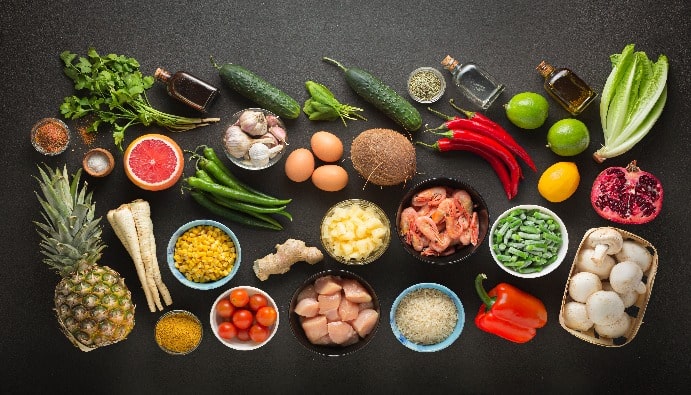Protein Detection Methods and Importance in Foods
What are the Methods for Protein Detection in Foods?

What is Protein? What are the Types?
Protein is one of the basic building blocks of the body and is vital for the functioning of cells, tissues and organs. Proteins are made up of amino acids and play an important role in many body functions such as growth, repair and immune system support. Proteins in food provide the amino acids the body needs and can also be used as a source of energy.
All foodstuffs of animal and plant origin contain protein. Compounds containing nitrogen in food are known as protein.
What are the Types of Protein?
Proteins are large molecule compounds formed by the combination of amino acids, which are building blocks. With 22 types of amino acids, there are an uncountable number of protein types in nature.
- Complete Proteins: Proteins that contain all the essential amino acids required for the body. They are usually of animal origin (meat, milk, eggs, fish).
- Incomplete Proteins: Proteins that do not contain all essential amino acids. They are found in plant-based food (legumes, cereals).
- Complementary Proteins: Proteins that achieve their full protein value by combining different plant sources (for example, a combination of rice and beans).
Why Protein Detection Methods in Foods?
Protein determination in foods is based on the determination of the amount of nitrogen. The amount of protein determined by the amount of nitrogen is called “crude protein amount”.
- Determining Nutritional Value: Determining the amount of protein in foods reveals the nutritional value of the product. These analyzes are performed to provide accurate information, especially on food labels.
- Quality Control: Food manufacturers maintain quality and product standard by controlling the protein content of products.
- Consumer Health: Accurate determination of the amount of protein helps consumers make informed nutritional choices. This information is especially important for dieters, athletes and individuals with high protein requirements.
- Prevention of Food Fraud: Protein analysis is also performed to detect adulteration and adulteration of protein in foods.
Methods for the Determination of Total Protein in Foods
- Biuret method
- Lowry method
- Pyrochemiluminescent method
- Xanthoproteic acid reaction method
- Millon reaction method
- Dye bonding method
- Bicinshoninic acid method
- Ninhydrin method
Methods Considering Total Nitrogen in Proteins
- Kjedahl Method
- Dumas Method
- Meulen Method
The most widely used of the above methods are those that take into account the amount of nitrogen.
Proteins account for 99% of the total amount of nitrogen in foods. For this reason, it is based on determining the amount of nitrogen and determining the amount of protein by multiplying this value by a factor determined for foodstuffs.
Nanolab Laboratories Group continues to provide services within the scope of Protein Detection in Foods . We also provide services in Vitamin Determination in Foods.
Contact us for more information.
You can follow us on LinkedIn for up-to-date news and posts about our services.
Follow our Instagram account to be informed about our latest blog posts.

